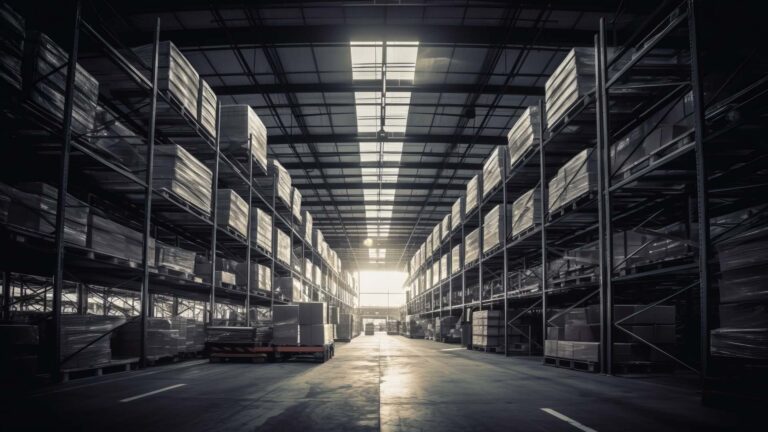
Short Term Warehousing Services: Optimizing Your Supply Chain
Learn about the flexibility, cost-efficiency, and adaptability of short-term warehousing to optimize your supply chain.
Many companies are grappling with the mounting costs and expenses associated with warehouse management. These cost increases stem from a variety of factors, such as economic shifts and technological advancements. As we navigate these challenges, this guide provides a detailed perspective on what’s driving up warehousing expenses, how they affect businesses, and ways to reduce them.

Warehousing has long been a core component of business logistics. When we discuss “short term warehousing”, we’re delving into spaces that are available for a brief period, ideal for businesses looking to avoid lengthy commitments. Simply put, short term warehousing is about renting warehouse space for a limited duration to cater to immediate and transitional storage needs.
As businesses grow, it’s essential to understand what drives the numbers on your warehouse bill. Delving into these influential factors can help pinpoint areas for optimization and savings.
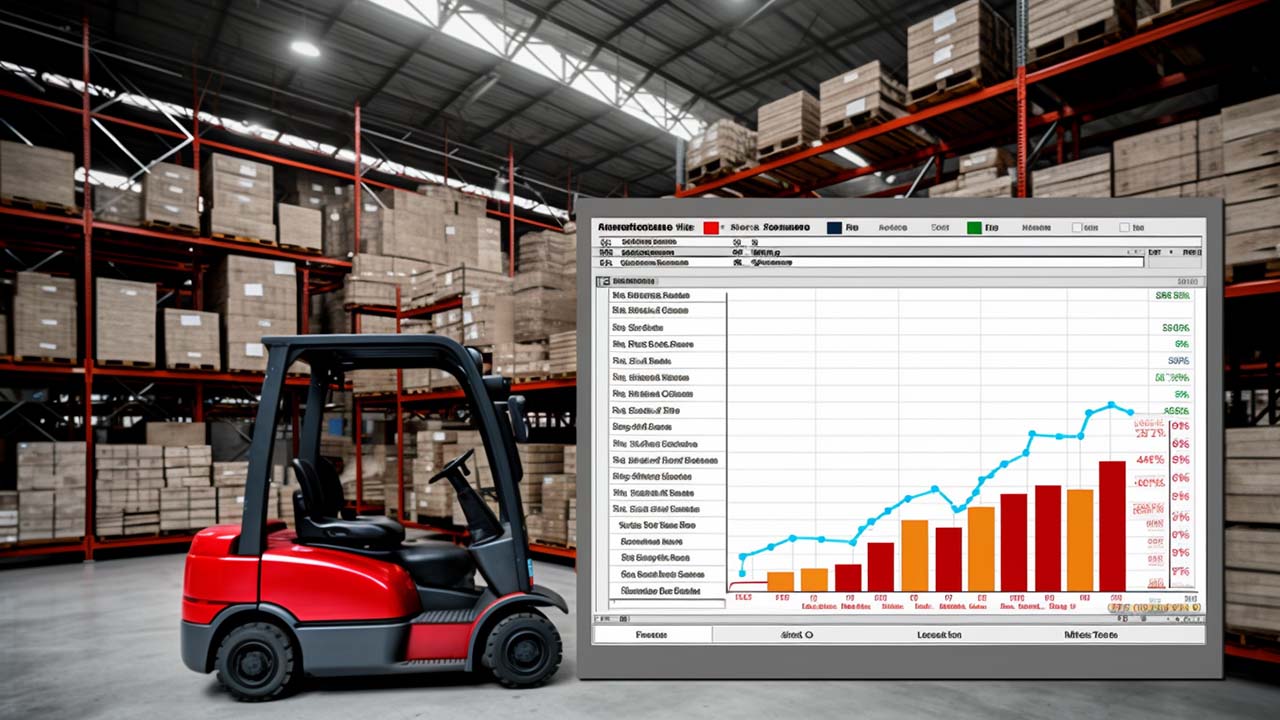
The warehousing industry isn’t immune to inflation and market shifts. Unpacking the reasons behind the upward trajectory of warehousing costs can help businesses anticipate challenges and strategize accordingly.
Real Estate Availability: As urban spaces grow scarce, the costs associated with acquiring prime warehouse spots surge.
Increased Labor Costs: Higher living standards and inflationary pressures elevate labor demands and costs.
Increasing Cost of Building Supplies: Global demand has seen a surge in building material prices, impacting construction costs.
Increased Lead Times: In an interconnected world, supply chain hiccups or delays can translate to longer holding periods and rising costs.
Rise of eCommerce: The eCommerce boom has necessitated quicker turnovers, more storage, and thus, escalated operational costs.
Companies Holding More Storage and Inventory: Preparing for market fluctuations means businesses hold more stock, requiring extensive space.
Companies Adding Regional Distribution Centers: To cater to local demand more effectively, businesses are setting up multiple hubs, adding to infrastructure costs.
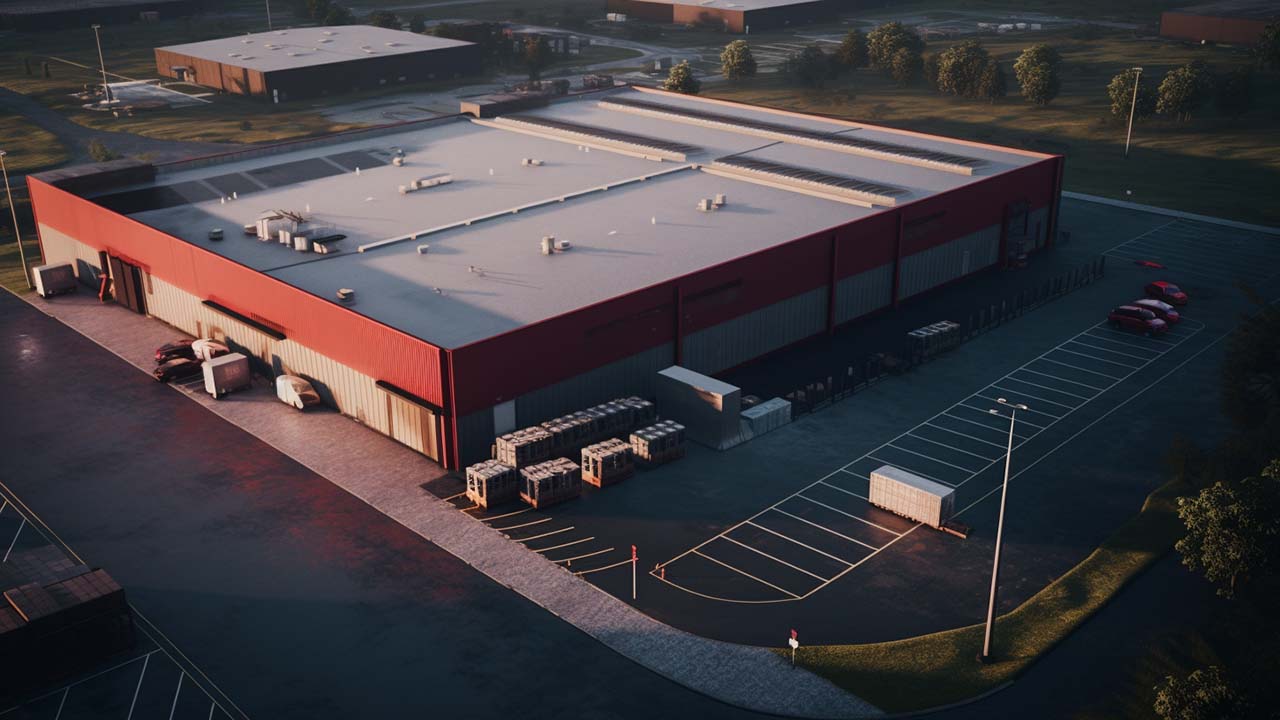
The warehousing industry is not immune to changes. Trends such as automation, sustainability goals, and shifts in consumer behavior all play a part in shaping the warehousing costs landscape. By staying updated with the future of warehousing, businesses can make informed decisions. For an in-depth dive into these trends and how they interplay in the larger warehousing landscape, check out our comprehensive warehousing guide.
Efficient cost control is essential, not just for profitability but also for maintaining a competitive edge. As expenses rise, strategies to manage and streamline these costs become indispensable for sustained business growth. A proactive approach to managing these costs ensures stability, even in fluctuating market conditions. Moreover, it fosters trust among clients, ensuring they receive the best value without compromising on the quality of service.
Facing high warehousing costs can be daunting, but there are strategies to curb those expenses. Explore these tactics to see how your business can create a more cost-efficient warehousing strategy.
Negotiate Better Rates: Establishing partnerships with 3PL providers can lead to competitive rates, especially when they have robust ties with retailer house carriers.
Stabilize Rates: By entering long-term agreements with your transportation providers, you can insulate your business from fluctuating costs.
Leverage 3PL Connections: Trusted 3PLs, thanks to their extensive networks, can offer advantages like bulk rate discounts.
Outsource Strategically: Shifting some logistical operations to third-party experts can be both cost-effective and efficient. Discover more benefits of outsourcing warehouse services.
As we continue to embrace change in the warehousing industry, understanding and managing costs is more crucial than ever. For businesses seeking to navigate these complex waters, seeking expert advice and solutions becomes vital. Explore a wide range of services, tools like the warehouse space calculator, and insights at AMS. If you have further inquiries or wish to explore potential collaborations, don’t hesitate to contact us. Together, we can build a cost-effective and efficient warehousing future.
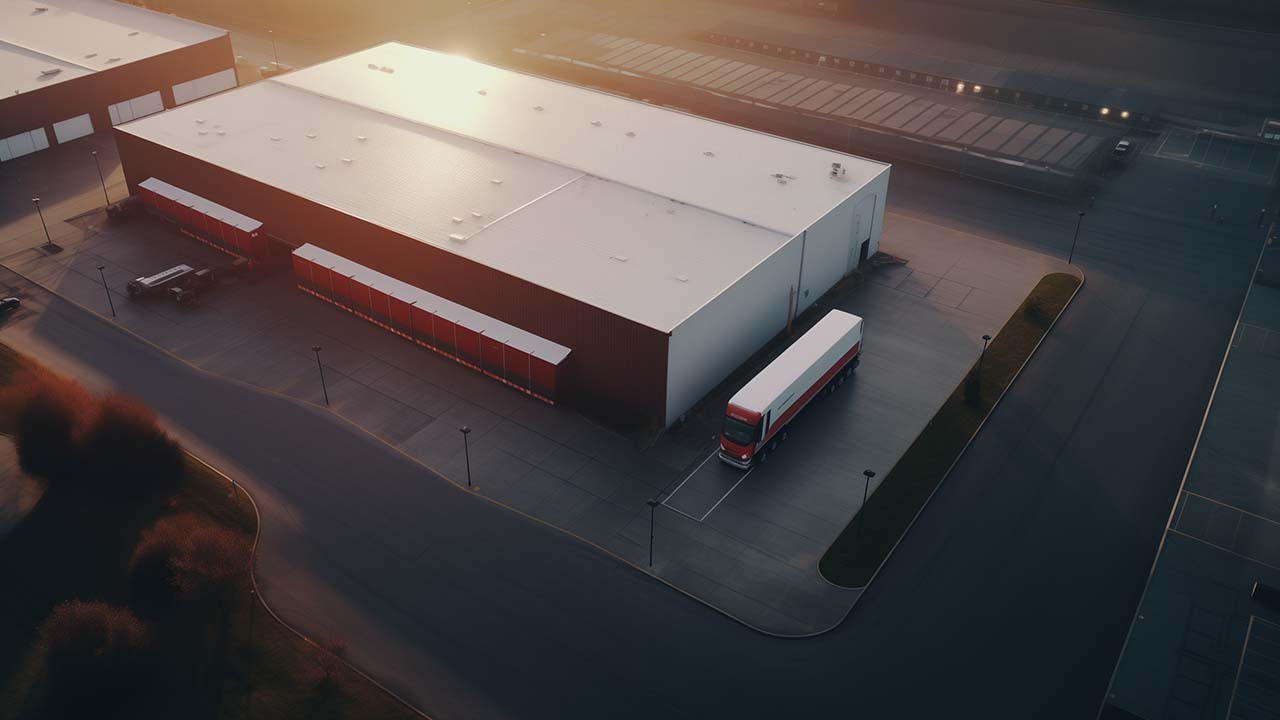
Warehouse rents keep going up primarily because of limited real estate availability and increasing operational needs are driving the surge.
The biggest cost and expenses in a warehouse are typically labor and construction, but this varies based on location and scale.
Calculating warehouse cost is a combination of various factors, including rent, labor, technology, and maintenance.
Calculating warehouse cost is a combination of various factors, including rent, labor, technology, and maintenance.

Learn about the flexibility, cost-efficiency, and adaptability of short-term warehousing to optimize your supply chain.
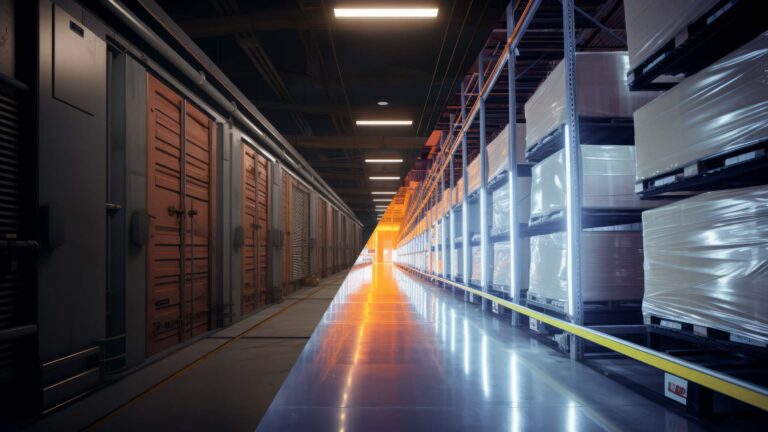
Learn the difference between warehousing and storage and what that means for your warehousing or business operations.
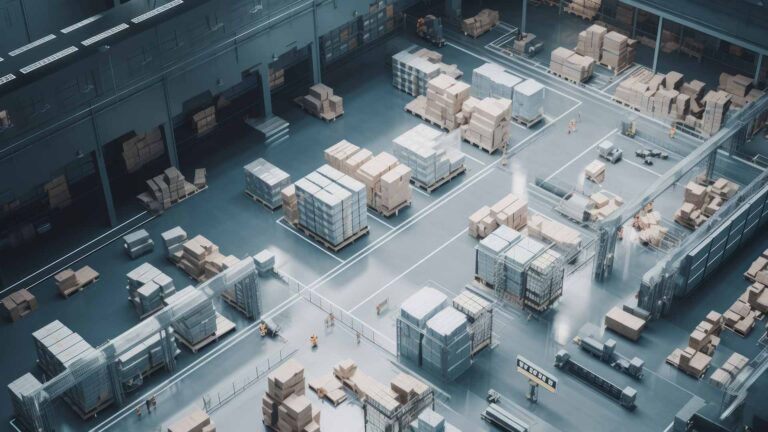
Achieve warehouse efficiency: Explore tactics, technologies, and layout to streamline operations, inventory, and customer satisfaction.
There was a time when businesses revolved centrally around the customer and their needs. Decisions were made based on what is best for the customer first. People did what they said they would, and jobs were completed on time. AMS carries on the tradition of customer service today.